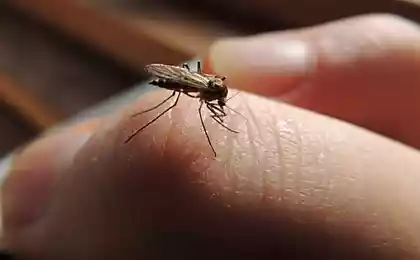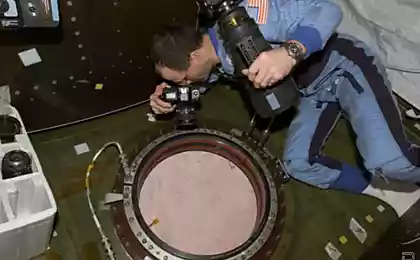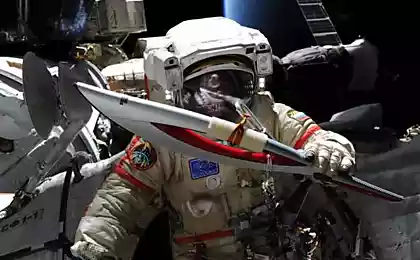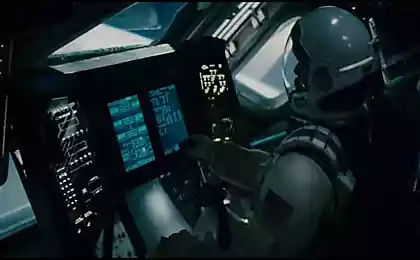153
Astronaut mosquitoes reveal secret of mummification
Scientists have begun to develop a prototype of equipment that can be used to put humans into artificial sleep during long interplanetary flights and possibly the upcoming colonization of other planets. The object of the Russian-Japanese space experiment "Space Midge" ("Space mosquito"), conducted on the International Space Station (ISS), was lucky to become dried, but quite alive mosquito larvae.
The Space Midge experiment is part of the joint AQH-Aquarium project initiated in 2010, conducted by the Institute of Biomedical Problems of the Russian Academy of Sciences (IBMP RAS) and the Japanese space agency JAXA. The main direction of work is the study of the influence of space flight factors on aquatic organisms using the Aquatic Habitat aquarium system installed in the Japanese module of the ISS.
Oleg Gusev, head of the laboratory “Extreme Environments and Adaptations”, created on the basis of the Institute of Fundamental Medicine and Biology of Kazan Federal University, comments: “Space biology and medicine is a special area of research. Experiments on board spacecraft attract great interest of both the scientific world and the public, since each of them is a “brick” in the creation of life support systems that will allow humans to carry out long-term interplanetary perelets.
The experiment, organized by the Institute of Biomedical Problems as part of a long-term joint program of the Russian and Japanese space agencies, began on February 5, 2014, when the Soyuz spacecraft with microscopic “objects of study” on board went to the ISS. The organizers of the Space Midge space experiment decided to see how the exit from cryptobiosis occurs in space, as well as how mosquito larvae develop in conditions of microgravity and increased radiation background.
Cryptobiosis is a state of near-total dehydration in which Polypedilum vanderplanki mosquito larvae from Uganda and Nigeria can survive for long periods of time. In his body, less than 3% of fluid is stored: water is replaced by molecules of trehalose (glucose-based disaccharide) and a number of other biomolecules, which preserves living tissues when drying. In this mummified state, the larvae become impervious to many extreme environmental conditions, and can survive temperatures of 3 to 375 K. At the same time, they are able to quickly return to life in favorable conditions.
Two weeks after the experiment began, Japanese astronaut Koishi Wakata revived cryptobiotic larvae by moistening them with water. Half of the insects immediately after reanimation in space were preserved for genetic studies, and together with the first sent back to Earth to see how the moth’s stay on the ISS affected. “The SpaceMidge experiment was successful: for the first time, the possibility of a full cycle of metamorphosis in aquatic insects and, as far as I know, insects in general in space flight conditions was shown,” said Oleg Gusev.
Experiments with dried mosquito larvae do not end there. This year, they will again be sent into space as part of the Expose-R2 program developed by the European Space Agency (ESA) and Roscosmos. The new experiment is supposed to find out what happens to microorganisms that live inside the larvae. Biologists are interested in whether they are able to survive in conditions of vacuum and cosmic radiation, using the protection of the host larva. In addition, another space project with the participation of mammals is being prepared: scientists intend to study the hibernation of the dormancy (Gliridae, or Myoxidae), a small animal from the rodent order.
Source: facepla.net























